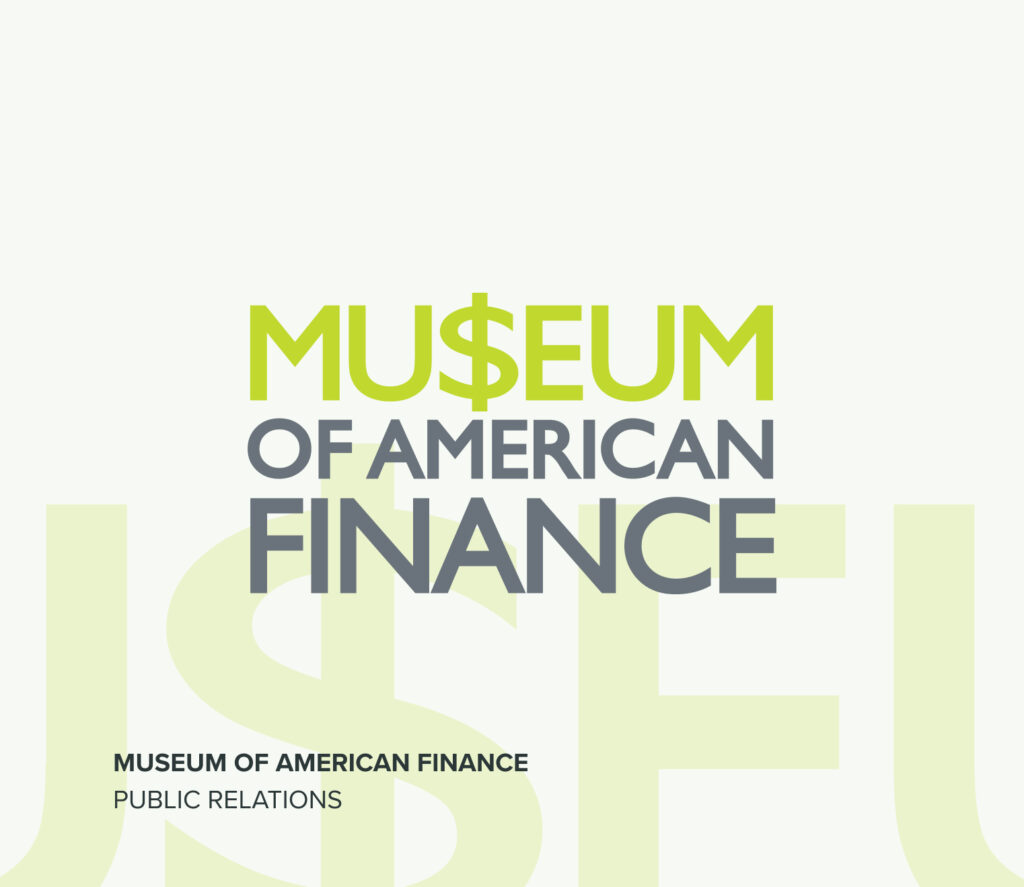Working with the financial services sector, it can be easy in my day-to-day life to not notice that there are parts of society our sprawling industry doesn’t touch. But, of course, there are. And for those who are excluded from mainstream financial services, the implications are challenging.
On my walk home from Finsbury Park station most evenings, I walk under a bridge where I will normally pass about eight of the UK’s 320,000 homeless people. Beyond a little cash, toiletries, a few bottles of water and some food, there is sadly little that passers-by can do to support them. We look to institutions – namely, the government – to address the problem, to pull up its deep-set roots and find solutions. And while the government surely has a part to play in finding a solution, financial services firms are recognizing their role and starting to step up too.
This City A.M. article from last week, spotlights fintechs as the potential silver bullet for the UK’s unbanked population. According to the FCA, there are just shy of 1.3 million adults in the UK who do not have a bank account, of which the 320,000 homeless individuals make up a significant portion. For those who are homeless, setting up a bank account is a challenge, as it generally requires a fixed address and ID.
HSBC recently put forward an initiative that looks to overcome this hurdle, enabling homeless individuals to open a bank account using an address registered to Shelter, a UK homelessness charity. Fintech Monzo is also allowing a friend or Shelter’s address to be used to open a bank account, and is running a campaign called #NoBarriersToBanking to drive awareness.
The importance of these initiatives cannot be overstated. Not having a bank account can make it harder to get a job, or to receive benefits. It can halt the process of finding somewhere to live – because how do you pay to live there? What’s more, not having a bank account can mean bills become up to £485 more expensive each year.
Bank accounts are key to social mobility, globally. And, reassuringly, the world’s unbanked population is dropping – from 2 billion adults in 2014, to 1.7 billion in 2017. One country making strides towards banking its unbanked population is India, whose government-led Aadhaar scheme assigns each citizen with a 12-digit biometric identification code, which can in turn be linked to a bank account. Now, 1.2 billion of India’s 1.3 billion citizens have an Aadhaar code.
But it’s not only governments and financial institutions that are leading the charge in extending banking services and supporting the world’s unbanked populations. In 2007, telecoms, Vodafone, SafariCom and Vodacom launched M-Pesa,a mobile based microfinancing service through which users can send and receive money, in Kenya and Tanzania. Since then, it has expanded to Afghanistan, South Africa, India and Albania. Kenya alone has over 17mn registered M-Pesa accounts – and the United Nations’ ‘Financing for Developments’ paper credits the expansion of mobile money for lifting two percent of households in the country above the poverty line.
Financial inclusion is not exclusively about reaching the unbanked. It also asks how the financial services industry can better serve the underbanked, too. Research suggests that 10-12 million UK adults struggle to access affordable credit, which can trap them in a cycle of taking unaffordable loans which, in the long term, considerably deprecates their finances and stability. As the City A.M. piece suggested, Fintechs – with more agility and flexibility than a lot of banking behemoths – could hold a sizable chunk of the answer. But the responsibility to objectively assess and address issues with financial inclusivity is not theirs alone. Financial services, along with governments – and even corporates, in the innovative case of M-Pesa – all have a part to play. When there are so many lives to be changed for the better, it’s imperative that we, as an industry and a society, support these initiatives.


